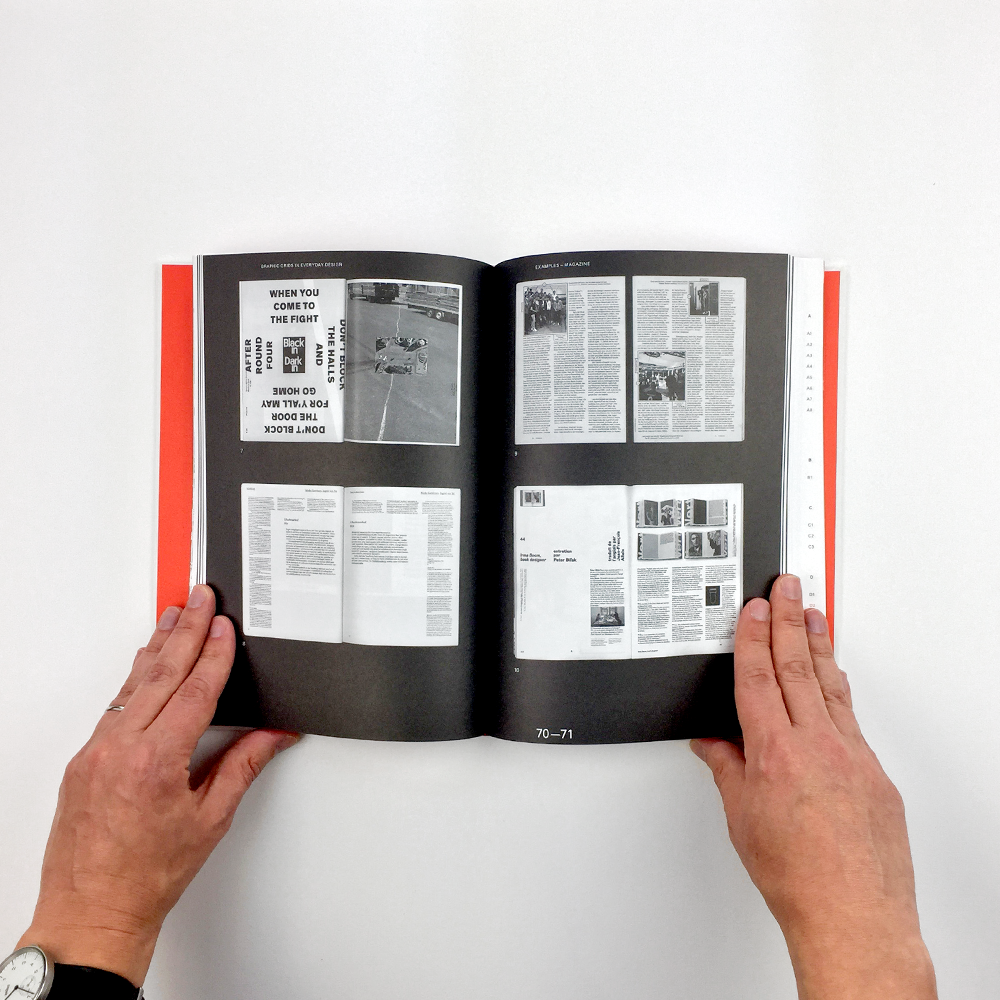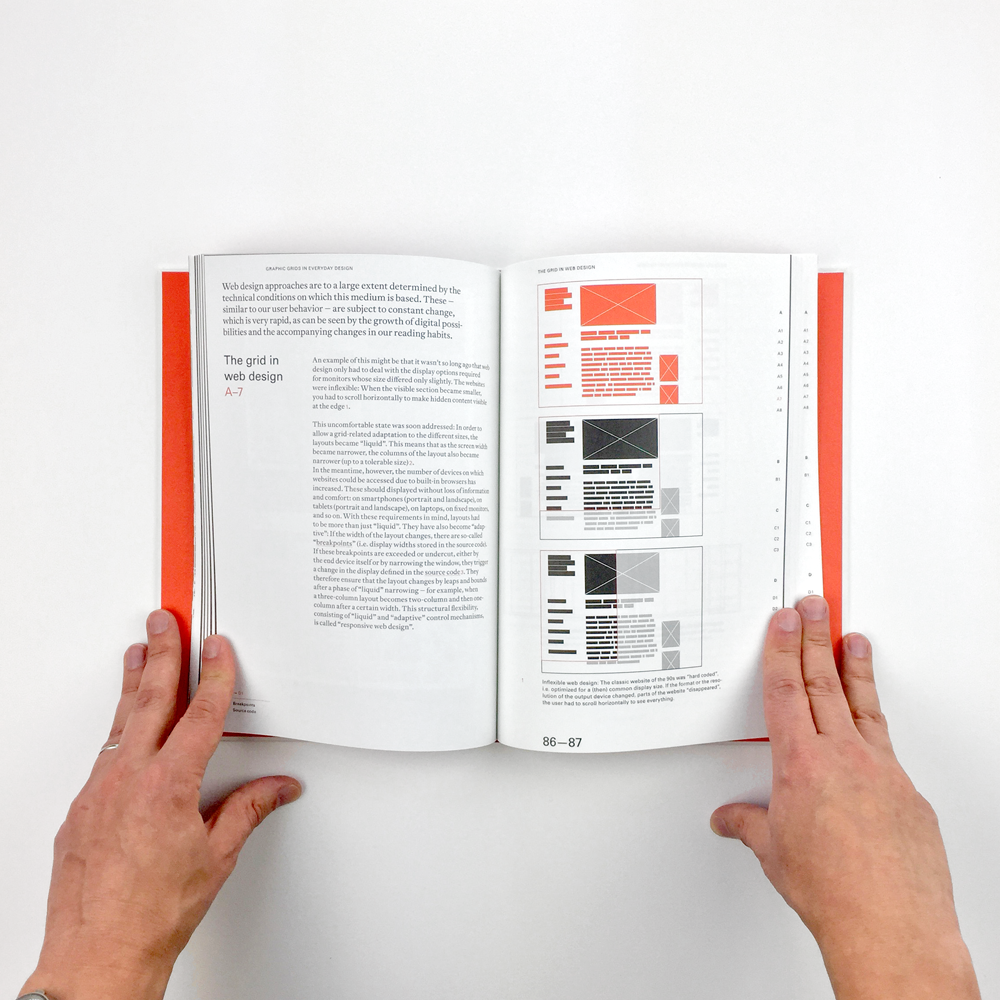In visual communication, contents are arranged, organised, and presented. Design laws and principles that are inherent to every medium ensure that from a distance a novel looks like a novel, an art catalog like an art catalog, and a magazine like a magazine. This publication offers a compact mix of explanations, practical tips, and background information on the topic. At its center is the grid as the most important design principle, whose function and application are thoroughly discussed.The grid allows a consolidated approach to a structured design like a blueprint that supports not only faster and easier reading but also…
Read more
In visual communication, contents are arranged, organised, and presented. Design laws and principles that are inherent to every medium ensure that from a distance a novel looks like a novel, an art catalog like an art catalog, and a magazine like a magazine. This publication offers a compact mix of explanations, practical tips, and background information on the topic. At its center is the grid as the most important design principle, whose function and application are thoroughly discussed.
The grid allows a consolidated approach to a structured design like a blueprint that supports not only faster and easier reading but also better comprehension of information. In a second part, the author discusses the design process itself with answers to seemingly simple questions of what to observe when designing and the sequence of steps. Another chapter focuses on relevant theoretical aspects such as how method and intuition are correlated. The final section contains an extensive glossary.
Designer: Michael Schmitz & Ulysses Voelker
Size: 180x255mm
Pages: 176
Publication: 2019
Binding: Casebound book





